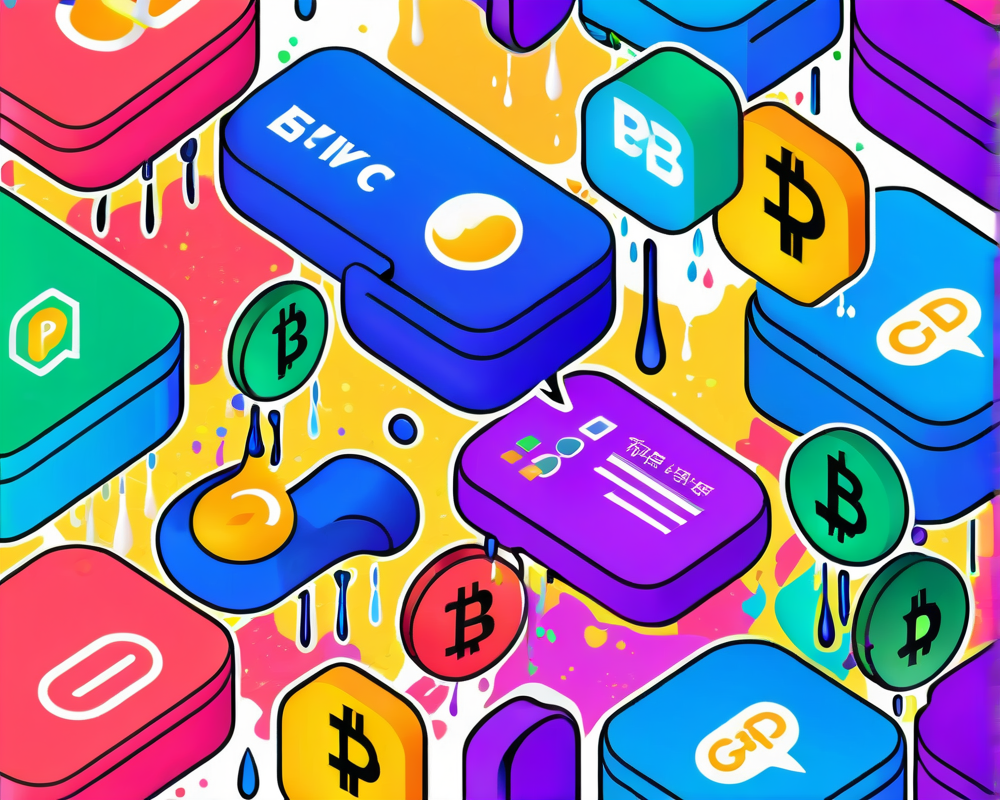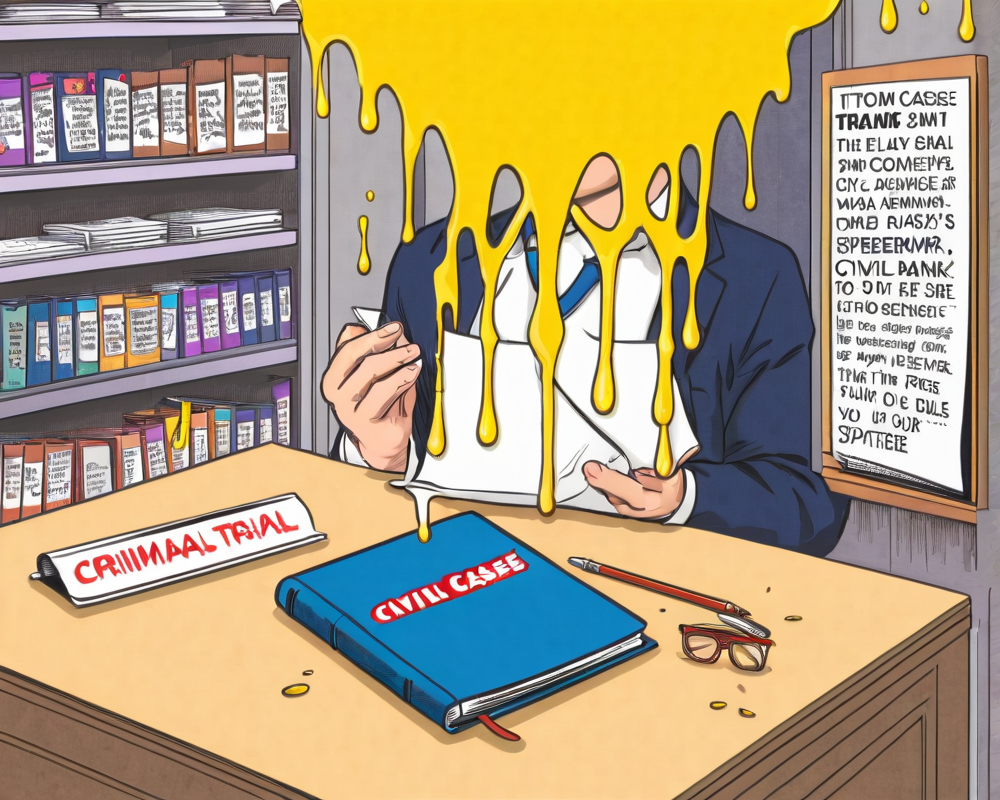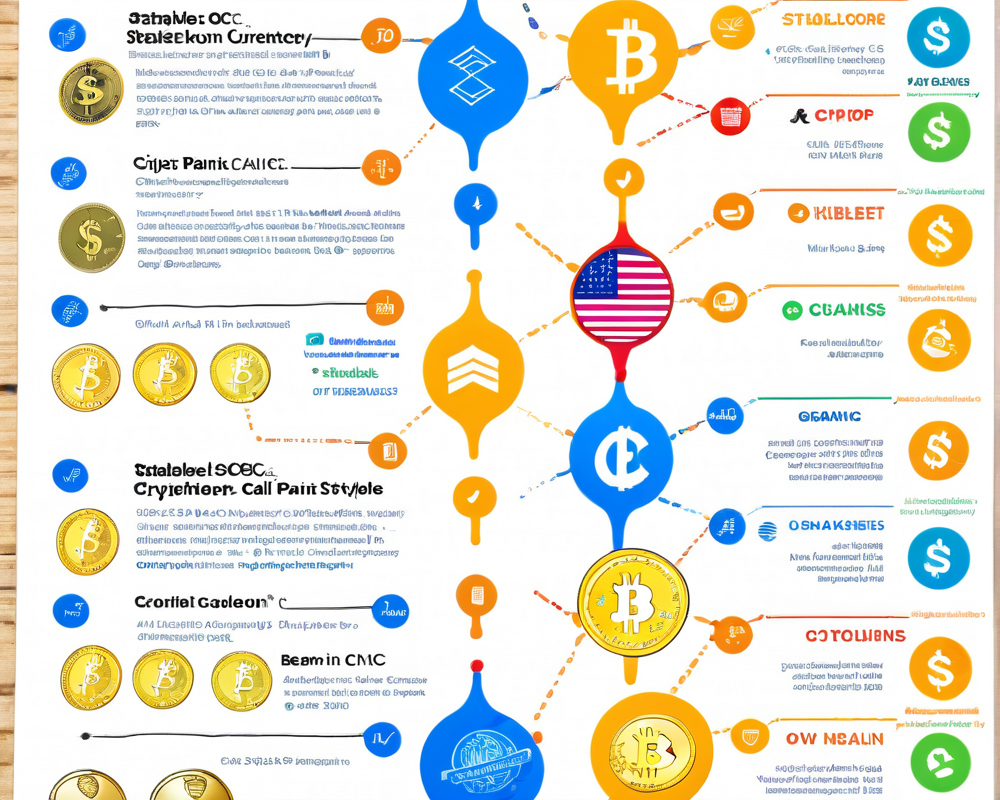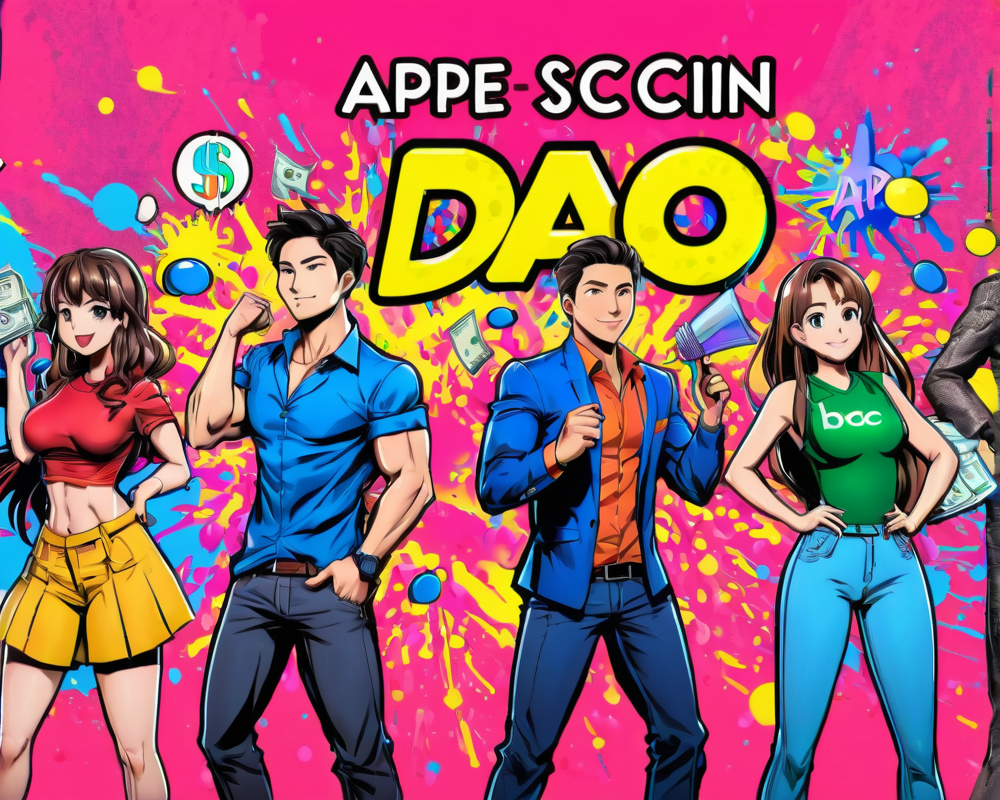Unveiling the Cryptic World of Blockchain Communication
Finding new ways to communicate in a digital age has never been more intricate or weird. Sure, we can text, tweet, or post, but what if we throw some cryptography into the mix? That’s right! Blockchain technology has given birth to not only a vibrant cryptocurrency community but also to some coded conversations that would leave your grandma scratching her head.
Born from Necessity: The Secret Language of Transactions
To understand how this all got started, we need to talk about necessity. People needed a way to converse without revealing their identities—this need blossomed into informal argots and secret codes. As Gary Nunn pointed out,
“Groups of people form their own private lexicons because coded language is exclusive, exciting, and defiant.”
So, it turns out that exclusivity has a nice ring to it, much like the lyrics to a pop song that just won’t leave your head.
Transaction Signatures: The Tech Behind the Talk
Let’s demystify how these conversations happen. A transaction signature (TX signature) is like the digital equivalent of a signature on a contract, ensuring that the sender really is who they say they are. It links with a public key, providing a trustless transaction — meaning no one can meddle with it. Think of it as the world’s most diligent notary public, except they never take holidays.
Glitches and Coded Conversations: A Happy Accident?
Imagine stumbling upon a hidden treasure while looking for misplaced socks. That’s somewhat how coded conversations on the blockchain started through the OP_Return output. Originally intended for financial transactions, this function allowed users to store data on the blockchain long after the transaction is complete. Before long, memes and messages invaded the blockchain like uninvited guests at a party.
Creative Uses of Coded Language: From Rick-Rolling to Riddles
So, what are some wild ways that users have implemented transaction signatures? Let’s dive in:
- Rick-Rolling: Yes, hackers have faced the cheeky lyrics of “Never Gonna Give You Up” as revenge for their sins, turning a blackmail situation into a hilarious prank!
- Ethereum DApps: Developers have started utilizing a similar method for decentralized applications, trying to navigate the transaction fee landscape.
- Eternity Wall: People are declaring love, sharing proverbs, or engaging in brief conversations—just hope their partner doesn’t ghost them!
- Blockchain Riddles: Remember that 80s quiz craze? Well, blockchain users have their own version, with riddles leading to hidden keys. It’s like a treasure hunt but way nerdier.
Real-World Applications: Messaging Beyond Fun and Games
Believe it or not, OP_Return isn’t just for in-jokes and memes. It has served serious purposes too. For instance, police trying to establish contact with a hacker, or users trying to recover stolen funds. It’s kind of like playing hide-and-seek with Bitcoin, where everyone wants to hide, but sometimes you need to find someone.
The Future of Messaging on Blockchain: A Double-Edged Sword?
The potential for a decentralized social networking platform on the blockchain is tantalizing, albeit with some caveats. In a world where privacy feels like a vague notion, will people truly embrace public conversations permanently etched on the blockchain? Only time will tell, but for now, let’s enjoy the delightful chaos of coded exchanges—from brainy quizzes to heartfelt confessions.




